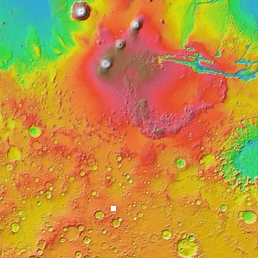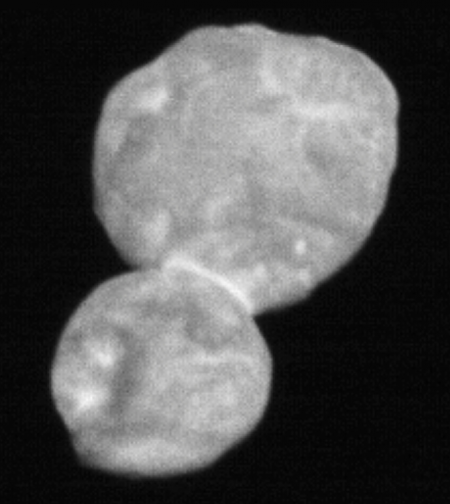SpaceX rolls manned Dragon/Falcon 9 to launchpad
Capitalism in space: This week SpaceX rolled to the launchpad the stacked manned Dragon capsule and Falcon 9 rocket that will fly the first unmanned test flight no early than January 17, 2019.
it is understood that the rollout is a dry simulation and thus will not include any propellant. However, a static fire test including propellant load and a short burn of the first stage’s nine Merlin engines will occur at a later date.
While this week’s rollout and subsequent fit checks do not seem to have been impacted by the ongoing U.S. government shutdown, other aspects of the launch campaign will be delayed.
The launch is expected to slip past the latest official no-earlier than launch date of January 17th. Many aspects of the launch campaign require NASA oversight and thus cannot proceed without NASA’s approval. It is understood that each additional day of the government shutdown translates into about a one day delay with the launch.
The irony here is that there are really no NASA employees required for SpaceX to do the launch. It is occurring on their leased property using their equipment and their launch team. Only when the capsule arrives at ISS will NASA employees be required, and those slots have been deemed “essential” in this government shutdown and are still operating on ISS and at mission control in Houston.
If Trump ordered it, this flight could happen. SpaceX is clearly ready. It is only NASA and its bureaucracy that stands in the way.
Capitalism in space: This week SpaceX rolled to the launchpad the stacked manned Dragon capsule and Falcon 9 rocket that will fly the first unmanned test flight no early than January 17, 2019.
it is understood that the rollout is a dry simulation and thus will not include any propellant. However, a static fire test including propellant load and a short burn of the first stage’s nine Merlin engines will occur at a later date.
While this week’s rollout and subsequent fit checks do not seem to have been impacted by the ongoing U.S. government shutdown, other aspects of the launch campaign will be delayed.
The launch is expected to slip past the latest official no-earlier than launch date of January 17th. Many aspects of the launch campaign require NASA oversight and thus cannot proceed without NASA’s approval. It is understood that each additional day of the government shutdown translates into about a one day delay with the launch.
The irony here is that there are really no NASA employees required for SpaceX to do the launch. It is occurring on their leased property using their equipment and their launch team. Only when the capsule arrives at ISS will NASA employees be required, and those slots have been deemed “essential” in this government shutdown and are still operating on ISS and at mission control in Houston.
If Trump ordered it, this flight could happen. SpaceX is clearly ready. It is only NASA and its bureaucracy that stands in the way.





